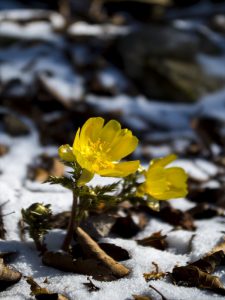Gokanosho
Happy New Year!
Happy New year! Hope you all had great New Year days. In Japan, the period of the first three days of January […]
Autumn colours 2
Although we had a rainy day the day before yesterday, we still have beautiful and colourful leaves! See the fo […]
Gokanosho ON FIRE !!
Gokanosho mountains are burning! It was a real good sunny day today for driving around and taking pictures. Yo […]
Autumn colours
Here they come! Al last we have the Autumn leaves, one week later than usual years. So beautiful! The leaves a […]
Autumn trek to Mt Shiratori
Mid October should be the best Autumn colour season up in the mountains, but we apparently have a late Autumn […]
Autumn Trek to Kuniumi-dake
Went off to a trek to the highest mountain of Gokanosho, Kunimi-dake (1,739m) on 15th Oct. Leaves hasn't chang […]
Landslides
We have had some landslides here in Gokanosho after a downpour. Better not visit here at the moment. But no wo […]
Fukujuso (福寿草)
One of my favourite flowers "Fukujuso" ("Amur Adonis") is about to be in full bloom! This flower has really au […]








